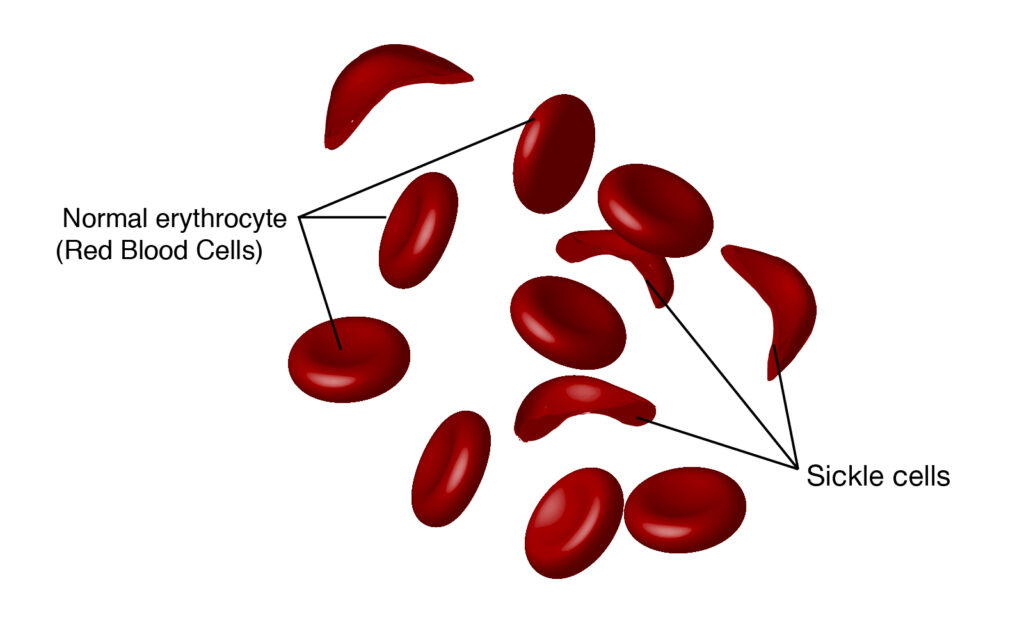Sickle Cell Disease in Children: Symptoms, Triggers, and Early Intervention

Learn the early symptoms of Sickle Cell Disease in children, what triggers a sickle cell crisis, and how early care can reduce complications.
What is Sickle Cell Disease?
Sickle Cell Disease (SCD) is a group of inherited red blood cell disorders. In SCD, red blood cells, which are normally round, become crescent or “sickle” shaped, causing them to clump together and block blood flow.
This leads to pain, anemia, infections, and organ damage. It affects millions globally, particularly people of African, Mediterranean, Middle Eastern, and Indian ancestry.
Scientific Source: CDC – Sickle Cell Disease
Common Symptoms in Children
Symptoms often start around 5–6 months of age and may include:
- Fatigue or fussiness due to anemia
- Swollen hands and feet
- Pain episodes (sickle cell crises)
- Frequent infections
- Delayed growth and puberty
- Vision problems
Pediatric Insight: NHLBI – What Is SCD?
What Triggers a Sickle Cell Crisis?
Crises occur when sickled cells block blood flow. Common triggers:
- Dehydration
- Infection or fever
- Cold temperatures
- Stress
- High altitudes
- Strenuous physical activity
Diagnosis and Early Care
Most children are diagnosed through newborn screening. Further testing includes:
- Hemoglobin electrophoresis
- Genetic counseling for parents
Early Management Includes:
- Penicillin (to prevent infection)
- Regular checkups with a pediatric hematologist
- Vaccinations (pneumococcal, flu, meningococcal)
Parental Action Plan
- Monitor hydration
- Avoid temperature extremes
- Learn to recognize pain crisis signs
- Keep emergency contacts and a care plan ready
Key Takeaways
- Early symptoms can be managed with proper care
- Prevention of crises is key to quality of life
- Parent education and healthcare partnerships are essential





